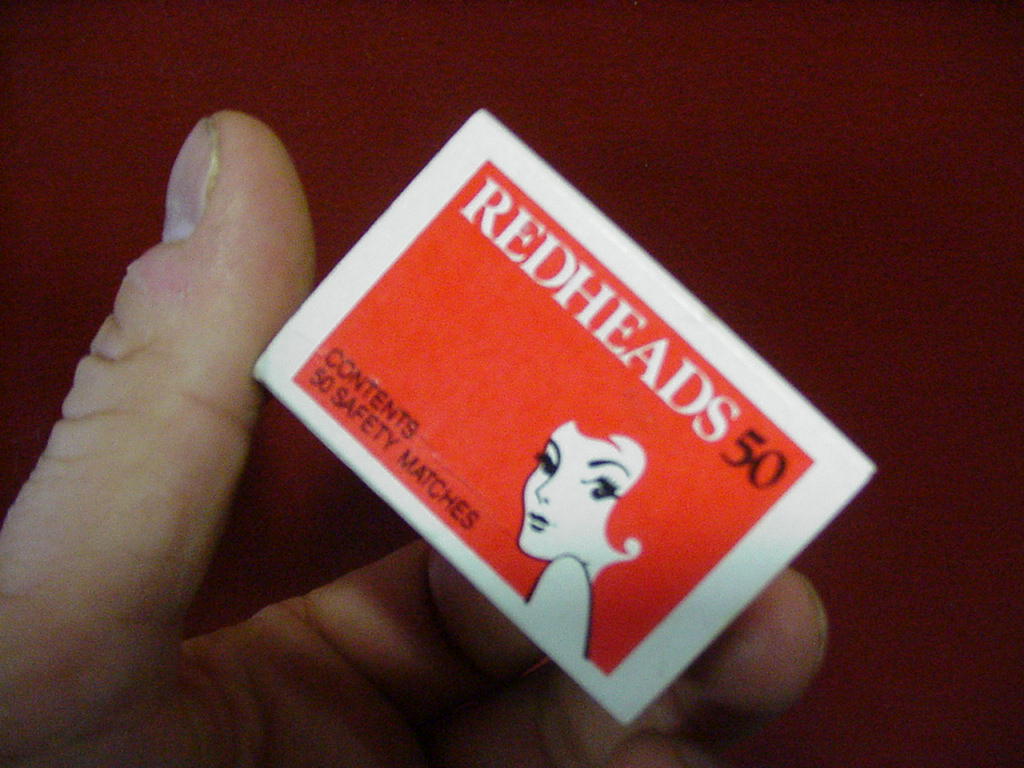The chemistry of matches
Discovery of explosive mixtures can
be attributed to early work conducted by alchemists and their work with
urine. In 1669 Hennig Brandt, discovered phosphorus during his attempts
to convert cheap metals into gold.
In his attempts to produce gold he allowed a container of urine to stand
until it putrefied. He then boiled the putrefied liquid evaporating the
water and forming a paste. He further heated this paste to a high temperature,
so that the vapours could be collected and condensed into gold.
Although Brandt's efforts did not yield gold, they did yield a waxy white
substance that glowed in the dark. What Brandt had formed was phosphorus.

Chemicals for the making of explosive
mixtures were first derived from urine. Urine contains a number of elements
excreted from the body. Most important are the elements nitrogen and phosphorus.
Evaporating the urine, Brandt produced ammonium sodium hydrogen phosphate
((NH4)NaHPO4), which yielded sodium phosphite (NaPO3),
when heated, according to the equation below.
(NH4)NaHPO4(aq) => NaPO3(aq) + NH3(aq)
+ H2O(l)
When heated with carbon (charcoal) sodium phosphite decomposed into white phosphorus and sodium pyrophosphate according to the equation below
8NaPO3(aq) + 10C(s) => 2Na4P2O7(aq) + 10CO(g) + P4(s)
In 1805 Jean Chancel invented the match. Up until then the only way to light a fire was to produce sparks by striking flint and steel and hope this was sufficient to set wood shavings on fire.
Chancel knew, that once lit,
sugar burns with a very hot flame. He placed sugar at the tip of a wooden
splint to form his crude match. The only problem was how to ignite the
sugar.
Burning involves a chemical reaction between oxygen in the air and a fuel,
such as sugar. It does not take a great deal of chemical knowledge to
know that sugar is a very stable substance. You can leave it in the kitchen
for many years and it will not react with oxygen in the air nor will it
explode when stirred in mixtures.
Sugar, like all compounds, is made up of a number of different atoms chemically bonded together. The bonds between atoms contain a great deal of energy and are hard to break. When broken, as happens when a fuel burns, the energy is released as heat. Heat released is sufficient to destroy other bonds and thus release more energy and the reaction continues until all the bonds are broken.
The problem now was how to start the sugar burning. Chancel mixed an oxidant, potassium chlorate, with sugar. He than dipped the mixture into concentrated sulfuric acid which resulted in a burst of flame that lit the match. Click to see the chemical reaction.
Later workers continued to refine the method, culminating in the Promethean Match, patented in 1828 by Samuel Jones of London. This consisted of a glass bead filled with acid, coated in the igniting mixture, and then wrapped in paper. Users merely had to break the glass with pliers (or with their teeth!) to initiate the reaction that set light to the paper wrapping.
Now a few problems exist with the chemistry of these matches. The mixture is unstable and handling concentrated sulfuric acid can be dangerous.Many early attempts to make safe matches resulted in failure. However in 1680, an Irishman named Robert Boyle discovered the principle that was the precursor of the modern match. He discovered that rubbing phosphorus and sulfur together causes an instant exothermic reaction. Many attempts to invent the safety match resulted in the modern day matches that we use in our every day lives. The modern day match uses red phosphorus (reductant) and potassium chlorate (oxidant). The reductant and oxidant are kept separate. The oxidant is kept on the match head and the reductant is used to coat the rough surface of the side of the box. Friction provides the heat to initiate the reaction. Click to see a 200 kb video.
